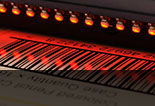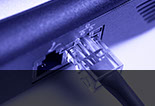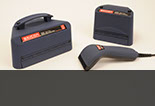
Barcode Verifiers
Linear
Validators
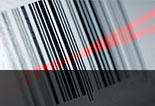
Barcode Images
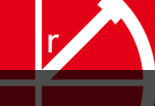
About Us
Barcodes
About us
What are barcode verifiers?
How to check barcode quality
If you need to be sure that your printed barcode will scan everywhere, how can you check it? Using a scanner to test the barcode will only tell you if it can be read by that particular scanner, but a barcode verifier will allow you to grade each barcode’s quality.
International standards for measuring and grading the printed quality of barcodes have now been developed since the first American and European standards, ANSI X3.182 and EN 1635, were first published in 1990 and 1995 respectively. The latest ISO/IEC standards define the techniques required for both conventional linear barcodes, and two-dimensional barcodes such as Data Matrix, and QR Code.
A linear barcode verifier will measure seven different parameters of the barcode:
• How black and white it appears to a scanner (Symbol contrast)
• Whether the dark bars have enough difference from the white spaces (Minimum reflectance)
• The least distinct difference between a bar and a space (Edge contrast minimum)
• How much the contrast between black and white varies across the barcode (Modulation)
• The presence of white marks in the bars or dark marks in the spaces (Defects)
• How accurate the different widths of the bars and spaces of the barcode are (Decodability)
• Whether the light margins on each side, the encodation of data, and the check digit are all correct (Decode)
The results of this testing are used to give the barcode an overall grade, which runs from 4.0 down to 0. 4.0 is the best result, 1.5 is the pass grade for most barcodes, 0.5 is allowed for outer case barcodes printed onto brown corrugate, and 0 is a fail. The American ANSI standard was developed using alphabetic grading running from A to D, then F, so a pass grade of 1.5 or C is often required.
How the ANSI grades compare to the ISO/IEC grades
ISO/IEC grade ANSI grade
3.5 4.0 A
2.5 3.5 B
1.5 2.5 C
0.5 1.5 D
0 0.5 F
The international standards specify different aperture sizes (in effect sampling areas) for different sizes of barcode, so ideally the verification result quotes this, as well as the wavelength of light being used for the measuring. This reporting will then show that the barcode has been correctly verified, with the appropriate adjustments.
A result of 3.8/06/660 means the grade is 3.8 (A), the aperture reference is 6, meaning a diameter of 6 mils or 150 microns, and the wavelength of light is 660 nm.
Some further parameters are checked with 2D barcodes, and again they are graded from 4.0 to 0.
All verifiers used to check the quality of GS1 linear barcodes should comply with ISO 15426-1, while those used for checking 2D symbols should comply with ISO/IEC 15426-2.
More information about verification can be found in the help pages of the Axicon verifier software.


